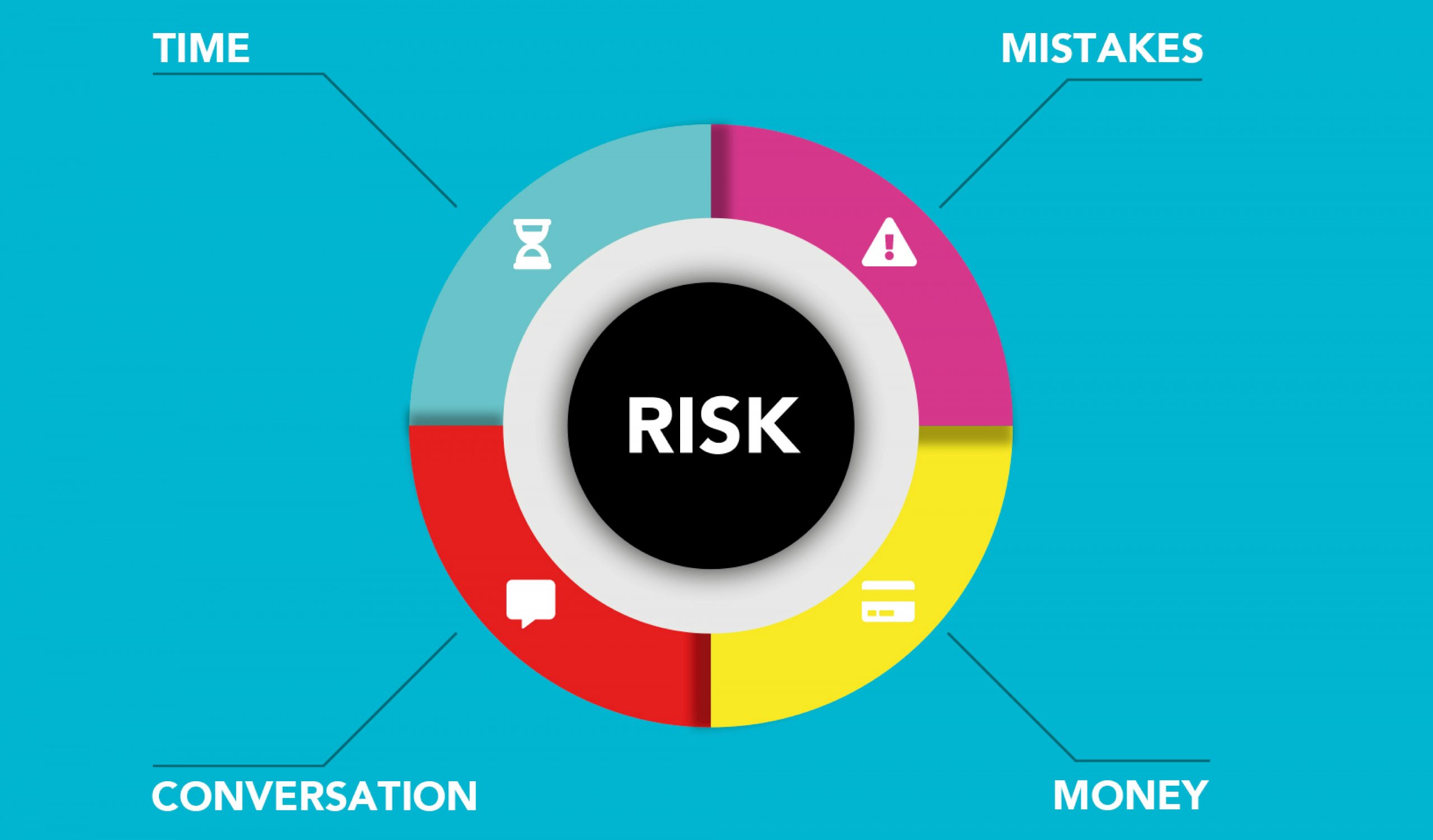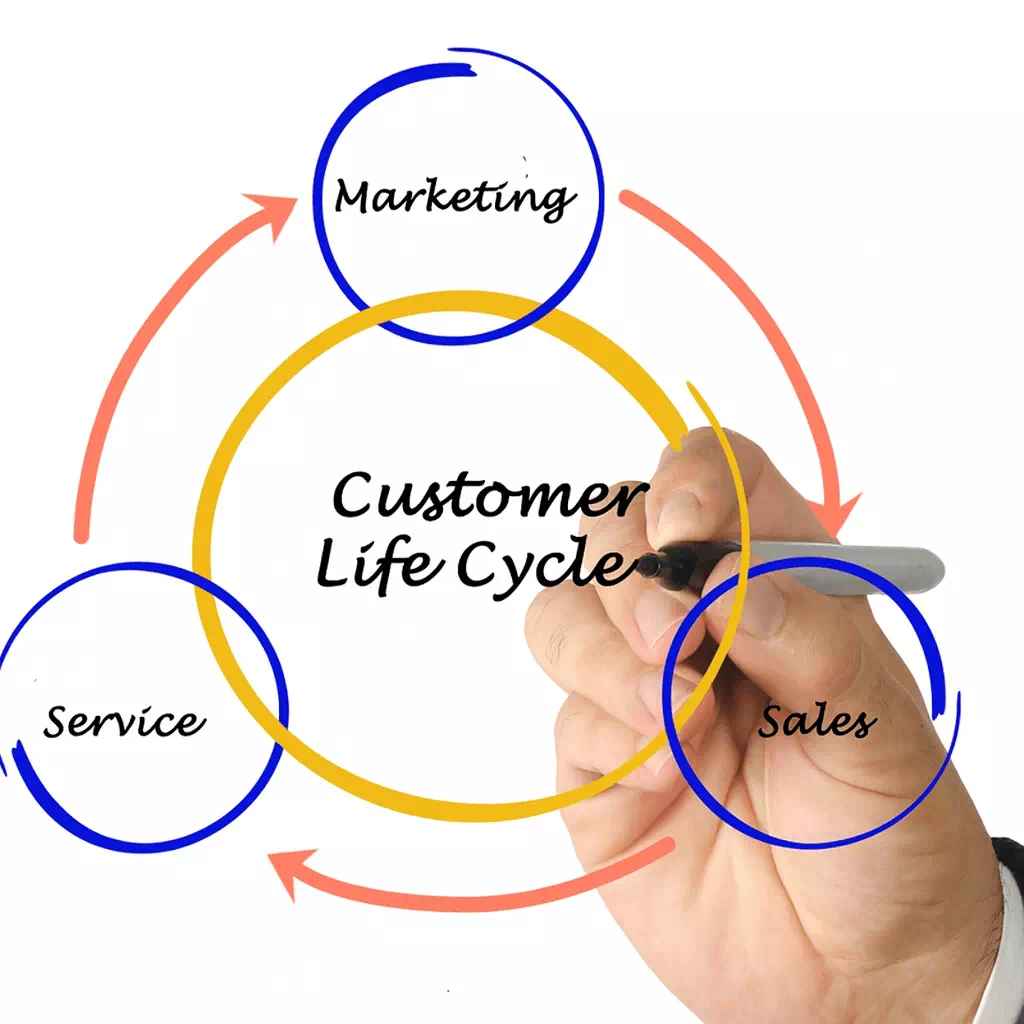QA Monitoring Impact in Scaled Communication Networks
Performance Intelligence across Service Ecosystems
As communication infrastructures continue to evolve across high-volume industries, quality assurance has emerged as the defining marker of sustained customer satisfaction and operational strength. QA monitoring in scaled communication networks is no longer a backend function. It is a strategic driver of service excellence. From retail and fintech to healthtech and on-demand transport, the consistency of agent interaction and service follow-through increasingly hinges on the sophistication of QA frameworks.
In an ecosystem where thousands of daily calls, chats, or tickets travel across global teams, quality control cannot rely on sampling alone. Modern QA systems offer performance intelligence at scale. These systems evaluate linguistic tone, procedural adherence, data accuracy, and contextual appropriateness in real time or near real time. The result is more than a performance grade, it is a map of service behavior trends and communication opportunities.
BPOManila has helped reshape how enterprises approach QA by embedding it into the core of their contact service operations. Whether the objective is to improve compliance in regulated sectors or to sharpen frontline soft skills across customer journeys, QA monitoring delivers insights that create measurable impact. It turns abstract service goals into quantifiable improvements, and it empowers leaders with visibility into both process health and customer sentiment.
Operational Consistency in Distributed Environments
In scaled networks, consistency is often compromised by geographic distribution, role variance, and tech stack fragmentation. This makes QA not just beneficial but essential. Consistency ensures that a customer contacting the same brand from different channels, locations, or time zones receives a uniformly reliable experience. QA monitoring standardizes that experience through rule-based scoring, contextual feedback, and continuous agent calibration.
Operational consistency is especially critical in industries where regulatory compliance or brand tone is non-negotiable. Financial services require uniform disclosures. Healthcare support teams must follow privacy protocols. Travel assistance services must uphold time-sensitive response windows. QA monitoring in these cases ensures that both compliance and communication nuance are met without compromise.
BPOManila integrates QA processes directly into daily workflows. Monitoring isn’t just a report, it is a live signal within the agent environment. Real-time guidance systems flag deviations as they occur. Recorded interactions are filtered through AI-powered transcription tools, with QA teams analyzing both voice cadence and text behavior. These evaluations then feed into dashboards that help supervisors maintain alignment between agents, goals, and service definitions.
Such integration allows scaled service teams to act with precision. Underperforming touchpoints are identified early. High-performing communication patterns are shared as best practice. And through frequent QA loops, teams become aligned not just by task but by quality culture.
Industry Application and Sector Adaptability
One of the most transformative aspects of QA monitoring is its ability to scale across industries without losing specificity. While every sector carries unique workflows and customer expectations, the underlying principles of effective communication remain constant. QA monitoring frameworks, when built flexibly, adapt to these principles and customize metrics for each environment.
In eCommerce, QA focuses on resolution accuracy, order empathy, and escalation handling. In insurance, it evaluates disclosure language, coverage explanation, and claims support clarity. In on-demand transport, QA often prioritizes location precision, timing consistency, and conflict de-escalation. Each vertical benefits from communication assessments that blend procedural accuracy with behavioral coaching.
BPOManila works with diverse industries to shape QA criteria that reflect each brand’s mission, service flow, and legal requirements. Monitoring templates are crafted in partnership with compliance teams, marketing leaders, and operational heads. As a result, the QA process does not merely report gaps, it defines how communication should evolve within the reality of each sector.
Industries like social media moderation, healthtech onboarding, and fintech collections require hyper-specialized communication tones. QA systems must therefore be able to detect nuance, cultural relevance, and emotional cues. Through sentiment analysis, keyword triggers, and multilingual transcription models, QA frameworks become deeply rooted in the realities of modern digital communication.
Metrics that Support Strategy and Scale
Traditional QA often falls short by focusing solely on individual agent behavior. Scaled QA moves beyond this by uncovering patterns that influence organizational strategy. Performance analytics provide leaders with clarity about what actually happens in their service ecosystem. Which issues dominate customer interactions? Where do handoffs fail? Which scripts outperform others?
By turning communication into structured data, QA monitoring reveals areas of friction, opportunity, and alignment. It identifies gaps in training, weak spots in knowledge base content, and inefficiencies in system navigation. Instead of anecdotal feedback, leaders now receive trendlines, correlation graphs, and conversation heat maps.
For industries under constant scale pressure, such data is vital. BPOManila offers QA reports that go beyond scoring. These include trend snapshots, failure point alerts, and keyword insights mapped against customer satisfaction indicators. The goal is not only to evaluate but to inform. QA becomes a tool that guides workforce expansion, content revision, and cross-functional decision making.
When paired with workforce analytics and voice of customer programs, QA insights validate service assumptions or challenge outdated policies. They become a source of truth that connects front-line behavior with top-line outcomes. These metrics help brands answer questions not just about how communication is executed, but why it succeeds or fails under certain conditions.
Communication Quality in Digital and Voice Channels
As customer engagement diversifies across voice, chat, email, and social platforms, QA frameworks must scale with equal agility. Omnichannel service delivery introduces new complexity. Voice interactions require tonal evaluation, while chat interactions demand grammar, responsiveness, and escalation judgment. The QA approach must reflect these differences without creating disjointed processes.
BPOManila deploys channel-specific QA modules that adjust to each medium’s core expectations. In chat-based support, QA scoring includes typing cadence, conversational tone, emoji use, and escalation response time. In voice-based environments, scoring considers speech clarity, pause length, empathy statements, and hold procedure consistency. Each channel carries different risks, and QA adapts accordingly.
With the rise of automated responses, QA is also evolving to monitor the interplay between bots and human agents. Monitoring now includes script compliance in automated flows, transition clarity between automation and live agents, and recognition of customer frustration signals within digital interfaces.
This multichannel perspective creates a holistic picture of communication performance. Instead of viewing voice and digital support as silos, QA monitoring brings them into one narrative. That narrative becomes the foundation for improved customer experience, clearer policies, and refined interaction scripts.
Your Scaled Service Advantage
Discover how QA monitoring at scale can elevate your service consistency, cross-channel performance, and communication quality standards. BPOManila supports services across industries with advanced monitoring solutions tailored to fast-moving environments. Whether you manage voice teams, digital support, or hybrid contact operations, our QA programs give you the visibility and structure to grow with precision. Reach out to us today and turn quality assurance into a growth catalyst.


































